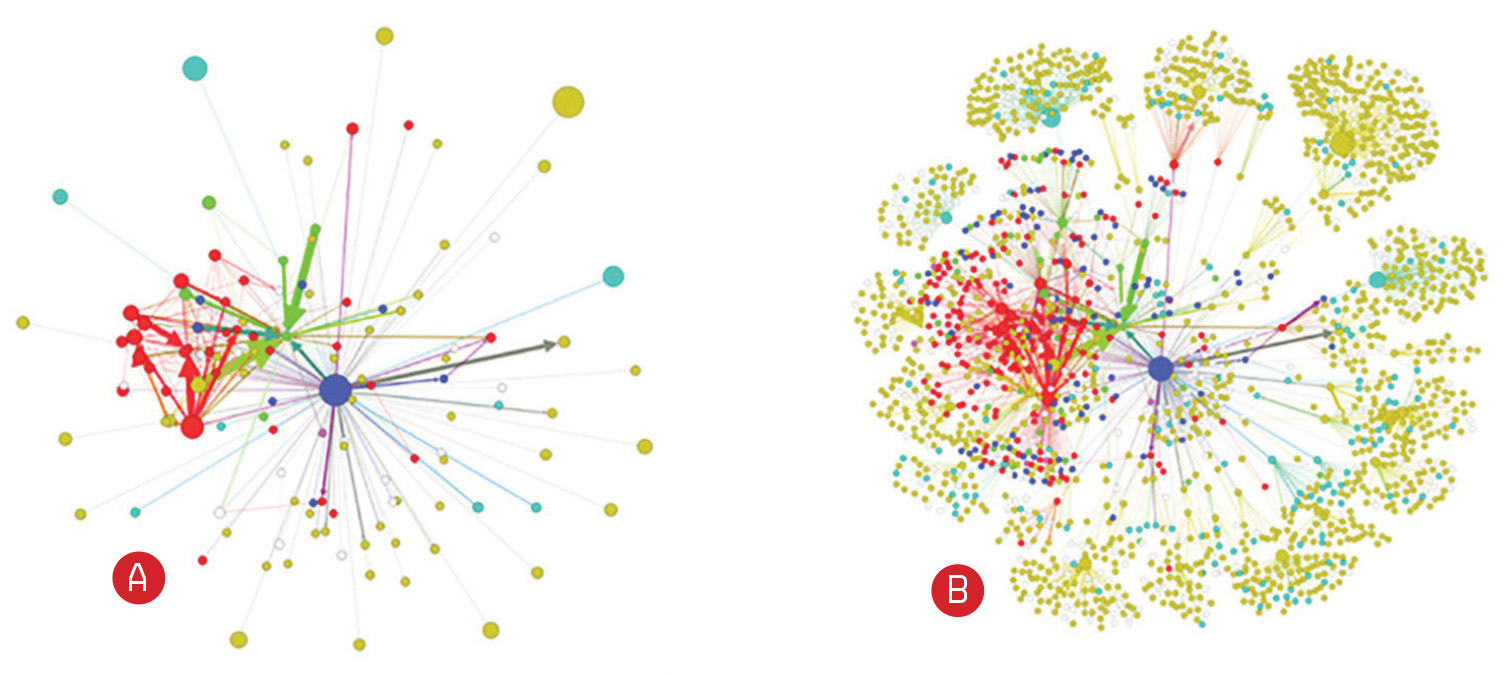
_Christopher Yang
Yang is a computer science professor in the College of Computing & Informatics.
While plenty of legislation exists to shield minors from cigarette marketing, e-cigarettes are less regulated than their paper-and-tar progenitors, and when it comes to social media, marketing messages are about as containable as secondhand smoke, a study reports.
The study, conducted by researchers at Drexel and the University of Southern California and published in the journal PLOS ONE, is one of the first to track how far e-cigarette marketing spreads on Twitter beyond its original target audience.
The researchers looked at three months of data from Twitter users that originated with tweets from @blucigs, the Twitter handle used by Blu, the largest e-cigarette brand on the market. They tracked the growth of the audience pool from followers of @bluecigs to the followers of those who retweeted @blucigs to the followers
of those who retweeted the retweets.
The data yielded an eye-opening data visualization map.

BLOWING_SMOKE
These data visualization maps show the number of Twitter followers of e-cigarette company Blu who retweeted the company’s marketing messages (A) and the total number of Twitter users who eventually saw that tweet in their feed (B). courtesy of PLOS ONE
“The retweet network in our data demonstrated how rapidly and widely messages diffused — reaching an exponential number of users,” says co-author Christopher Yang. “By the second level of followers, there was a large change in the types of users who were seeing the messages, exposing those who might not explicitly support e-cigarettes, or potentially vulnerable populations such as youth.”
“The retweet network in our data demonstrated how rapidly and widely messages diffused — reaching an exponential number of users.”
Christopher Yang,
College of Computing & Informatics
By the end of the three months, a single tweet that originally reached 214 @blucigs followers eventually made its way to more than 2,600 unique users.
“The diffusion of tobacco-related marketing messages through social media suggests a need for real-time surveillance of brand marketing messages through internet channels that do not require age-verification,” Yang adds. “As consensus on the public health impact of e-cigarettes grows, restrictions may need to be placed on how companies market their products via social media.”
